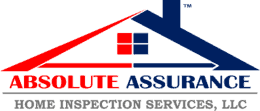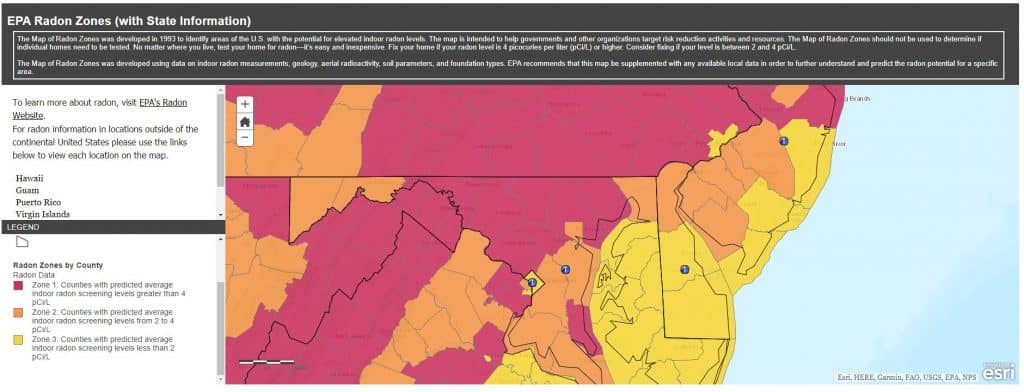Your home should be a safe and healthy refuge for the entire family. While you may be diligent about minimizing your exposure to household chemicals, there may be other substances causing health threats throughout your home. To protect yourself and your loved ones, beware of the following home health hazards that may be present in your home here in the Maryland/Pennsylvania area:
1. Radon
What is radon?
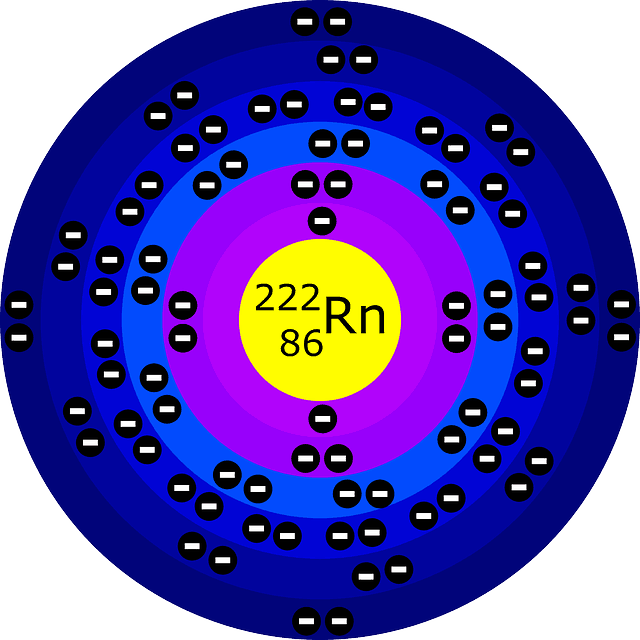
You cannot see, smell or taste Radon… but it may be a problem in your Maryland or Pennsylvania area home without you even knowing it! Radon is a naturally occurring, radioactive gas that results from the decay of uranium in the soil. Radon tends to enter buildings at their lowest point, such as your basement and/or crawlspace. It typically enters into your home through cracks and other holes in the foundation, or via sump pits, or through exposed earth/soil such as in crawlspaces or basements or cellars without concrete slab floors. Unless properly ventilated, the radon gas can then become trapped inside your home where it can collect at potentially hazardous levels.
About one in 15 homes have high levels of radon, with levels usually being the highest in basements and first-floor rooms that have contact with soil. Two adjacent homes, even two adjacent rooms, can differ significantly in their levels of radon. This helpful resource shows the areas of the U.S. with the highest natural levels.
Why is Radon Dangerous?
Known as the “silent killer,” radon is invisible, odorless, and tasteless, so you may have the toxin present in your home and not even know it. Exposure to radon for long periods of time increases your risk of developing lung cancer, especially if you smoke. Unfortunately, research has shown that it is a cancer-causing, radioactive gas, and the second leading cause of lung cancer deaths in the U.S., according to the U.S. Surgeon General. Radon levels in Maryland, particularly in Baltimore, Carroll, Frederick, Harford, Howard, Montgomery, and Washington counties, and Pennsylvania including Franklin, Cumberland, Adams, and York counties, have the potential to be higher than the recommended safe levels. Your home may have high radon levels right now and you will not know it unless you have your home tested or have a continuous radon monitoring device installed in your home.

Have Your Home Tested for Radon
Unfortunately, there are no immediate signs or symptoms to alert you to the presence of radon. The only way to know whether your home’s radon level is safe or not is to have it tested! Wouldn’t you like to know if a silent killer is lurking in your home’s air? Your health and your family’s health are far too important to wonder whether or not your home has a safe Radon level or not.
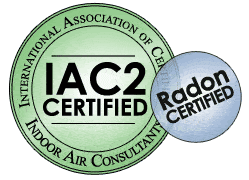
You cannot predict your home’s radon level based on state or local radon measurements or on test results taken in other homes in your neighborhood. Your next-door neighbor’s home may have safe Radon levels while your home may have dangerous levels or vice-versa. As an IAC2-certified Radon Tester, I use special interference-proof equipment including the latest high-tech Continuous Radon Monitoring (CRM) device and/or air canisters that professionally measure the radon levels in your house. These measurements are taken for a brief and limited time, which may be especially important if the home is part of a Real Estate transaction such as buying or selling the home. For Maryland properties, we can perform stand-alone Radon Testing or we can bundle it with your Home Inspection for your convenience.
What if Radon Levels are High in My Home?
There is good news – a radon problem can be fixed! If your home has high radon levels, there are ways to fix it. Even very high levels can be reduced to acceptable and healthier levels. I can help you understand the basics of radon mitigation systems and explain how they work so that you will be informed before seeking the services of a professional radon mitigation contractor. The contractor will survey the home to determine the proper type of mitigation system, design and install the system, and seal cracks, holes, and other openings in the home’s structure to minimize Radon entry into the living space.
After you have a mitigation system installed, schedule an independent Radon Test with us to ensure that your new system is in fact reducing the Radon levels in your home to within safe limits as recommended by the EPA. And don’t forget to have us re-test your home at least once every 5 years to ensure your family’s safety!
2. Carbon Monoxide
What is Carbon Monoxide?
Carbon Monoxide (CO) is a toxic gas found in the exhaust products produced during the combustion of fuels that contain carbon, such as wood, coal, natural gas, and oil products. Household tools and appliances that can produce this dangerous gas include grills, lanterns, generators, home appliances such as your fireplace, furnace, water heater, stove, and/or oven, and even your automobiles and lawn and garden equipment!
Why is CO Dangerous?
CO is a gas that is toxic to humans and causes the most nondrug poisoning deaths in the United States. Because CO is colorless, odorless, and tasteless, people can die from carbon monoxide poisoning while they’re asleep without ever waking up or even while awake. The problem occurs when carbon monoxide is produced but isn’t properly expelled from the home, causing the toxin to collect in the home and reach hazardous levels.
How do I prevent CO poisoning?
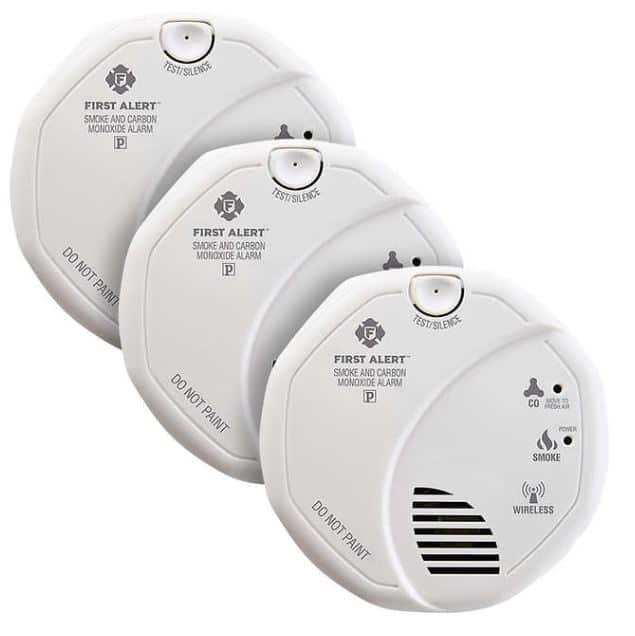
- Don’t use a generator or gasoline/charcoal-burning device indoors, including garages or basements. Be sure to place them outside, at least 20 feet from windows or doors.
- Have all fuel-burning home heating systems inspected and serviced each year.
- Never run your car or truck inside of a garage and always leave the door open if you’re doing so in a detached garage. Also, be sure to have your vehicle’s exhaust system checked each year.
- Although your jurisdiction may or may not (yet) require a carbon monoxide detector/alarm by law, every home with any appliance or device that burns carbon-based fuels should have carbon monoxide detector/alarms. Be sure to have detectors on each level of the home and outside all bedrooms. If your home has smoke alarms already, you may be able to purchase combination Smoke/CO alarms that will integrate with your existing smoke alarm system (check with your manufacturer for model(s) available). At a minimum, you should at least purchase and install standalone CO detector/alarms. Be sure to test them and replace batteries if applicable with every time change, and replace expired CO alarms per the manufacturer’s recommendations.
3. Lead
Where is Lead Potentially in My Home?
Lead is a naturally occurring metallic element found in small amounts in the earth’s crust. Mankind has been mining and harvesting lead for thousands of years to use in lots of products including jewelry, manufacturing, paints, plumbing, projectiles, and more. Depending on when our homes were built, the primary potential sources of lead in our homes are lead-based paint and/or plumbing.
Why is Lead Dangerous?
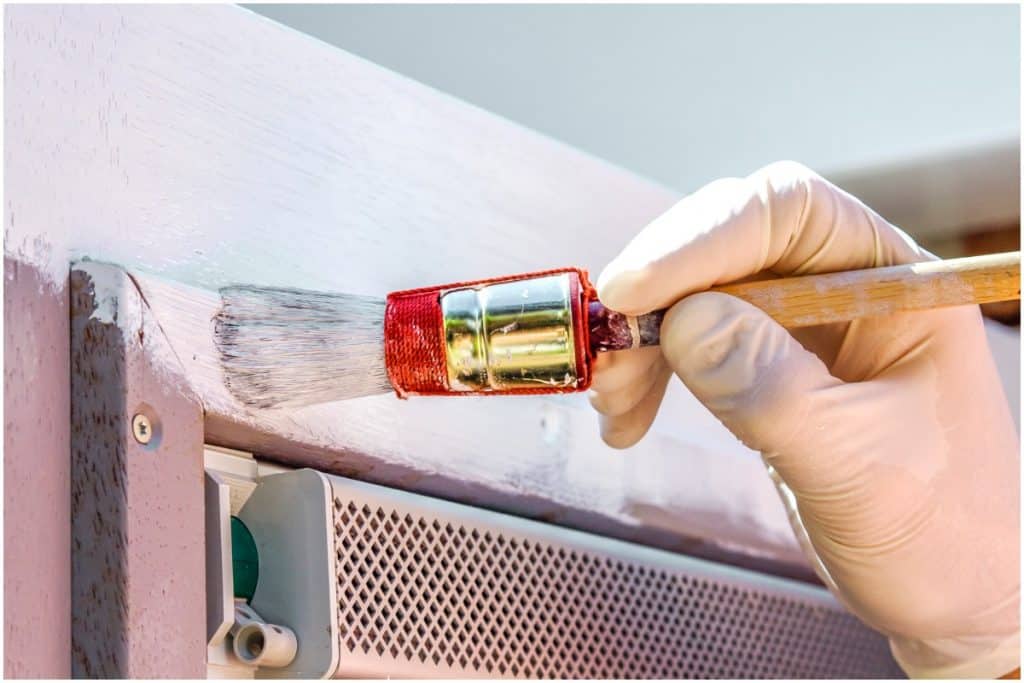
Lead is toxic to humans and can cause very serious health issues, and at very high levels, lead poisoning can be fatal. For the vast majority of known history, humans did not know the toxicity of lead or its full toxic potential, and we unknowingly used it in hundreds of products. Although efforts started as early as the 16th century to begin limiting the use of lead to some extent, it was not until fairly recently in the 1970’s that most Governments, including the USA, began to ban the use of lead in certain products. Lead is toxic to everyone, but children younger than six years are especially vulnerable. It can cause a range of adverse health effects, including behavioral disorders, learning disabilities, and other major health problems. Poisoning occurs by breathing or swallowing lead dust, by eating soil or paint chips, or drinking water that contains the hazardous substance. Found most frequently in homes built before 1978, lead-based paint and plumbing pipe solders are potential sources of lead poisoning in our homes. Lead paint creates toxic dust when it cracks or peels and lead-based solders (or even lead piping) can leach lead into our drinking water.
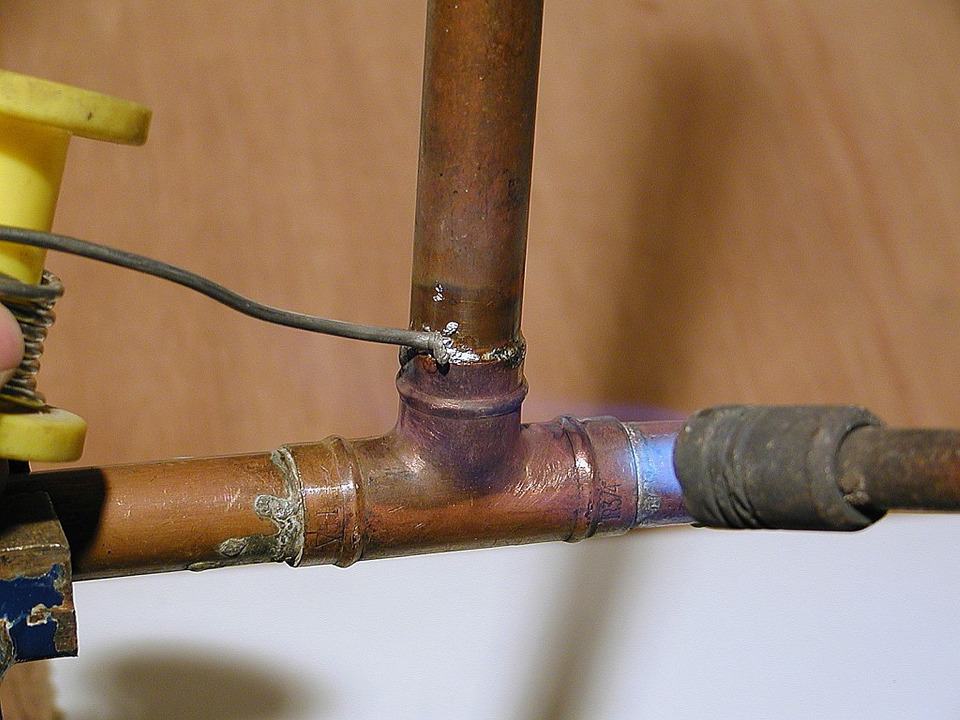
How Do I Know if My Home Has Lead?
If your home was built before 1978, the EPA strongly recommends that either a certified lead inspector or a certified lead risk assessor do lead tests. The Maryland Department of the Environment (MDE) can guide you to certified Lead-Paint Inspectors/Testers near you for professional assistance. You can test for lead paint yourself with an at-home kit. However, these DIY tests don’t provide the details that an inspection or a risk assessment does. If you have copper water piping and/or suspect you may have lead or lead-alloy pipes in your home, as a MDE-certified water sampler, I can collect water samples from your home and have them professionally tested for you.
4. Mold
What is Mold?
Molds are various types of fungi that occur naturally in the environment around us and reproduce by means of microscopic, airborne spores. Every home has mold in it! But, not every home has a mold problem. In small amounts and without enough moisture, mold spores are fairly harmless. However, once the spores are inside and have a source of moisture to become active and begin to reproduce, mold growth can spread like wildfire. Mold enters your home through windows, vents, and doorways. It can also make its way inside by attaching itself to our clothing or pets. If active mold goes undetected for long enough, it can damage the structure of your house and harm the health of those living inside of it. If caught early, this can be a fairly easy problem to fix.
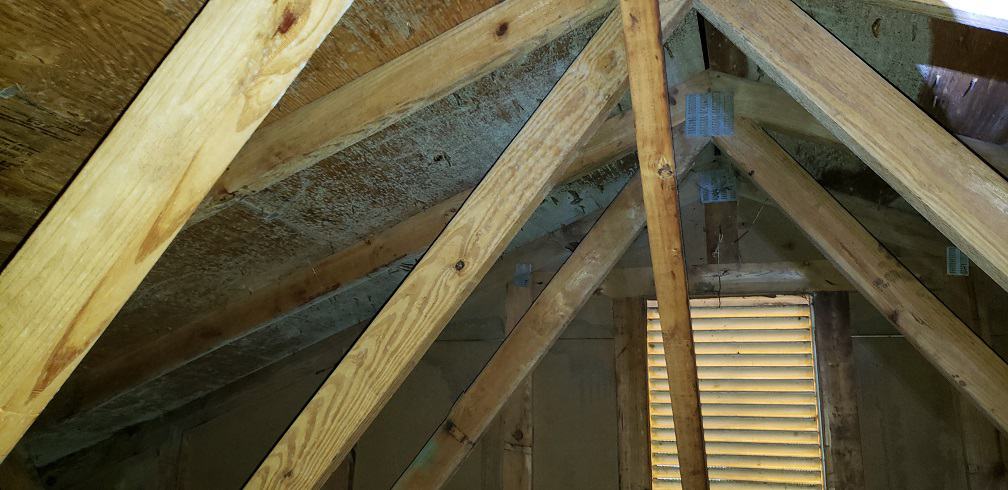
Why is Mold Dangerous?
There are many types of mold, some of which can be big health concerns for your and your family, especially if someone has sensitivity to allergies and/or asthma. Exposure to mold by inhaling or touching mold spores can cause allergic reactions and irritation to the lungs, eyes, skin, nose and throat. Some of the more minor health effects from mold exposure are chronic cough and fatigue, eye irritation, headaches, and skin rashes. If left untreated, mold can cause a variety of more extreme health issues like asthma, vomiting, allergy development, circulatory damage, and compromised immune systems. Additionally, mold damages what it grows on, and the longer it grows, the more damage it can cause! Mold that gets established can gradually destroy the things it grows on, including home furnishings and structural components. Molds are an essential part of the natural environment. Outdoors, they disintegrate dead, organic matter. But indoors, molds can be a health hazard and potentially toxic and destructive, and their growth should be prevented.
How Do I Know if My Home Has a Mold Problem?
Sometimes you can visually see mold, and sometimes you cannot. Often times, as mold flourishes, it gives off an odor that we can sometimes smell. Mold odors are often described as a “damp or musty smell”. Positively confirming the presence of mold and determining the type(s) of mold in your home can only be achieved by taking samples and having them professionally analyzed by a certified laboratory. We are IAC2-certified for Mold Inspection and Testing and can inspect your Maryland home for mold and the warning signs of mold growth. We can perform Full or Partial Premises Mold Inspection and Testing as a separate, stand-alone service or we can bundle it with your Home Inspection for your convenience.
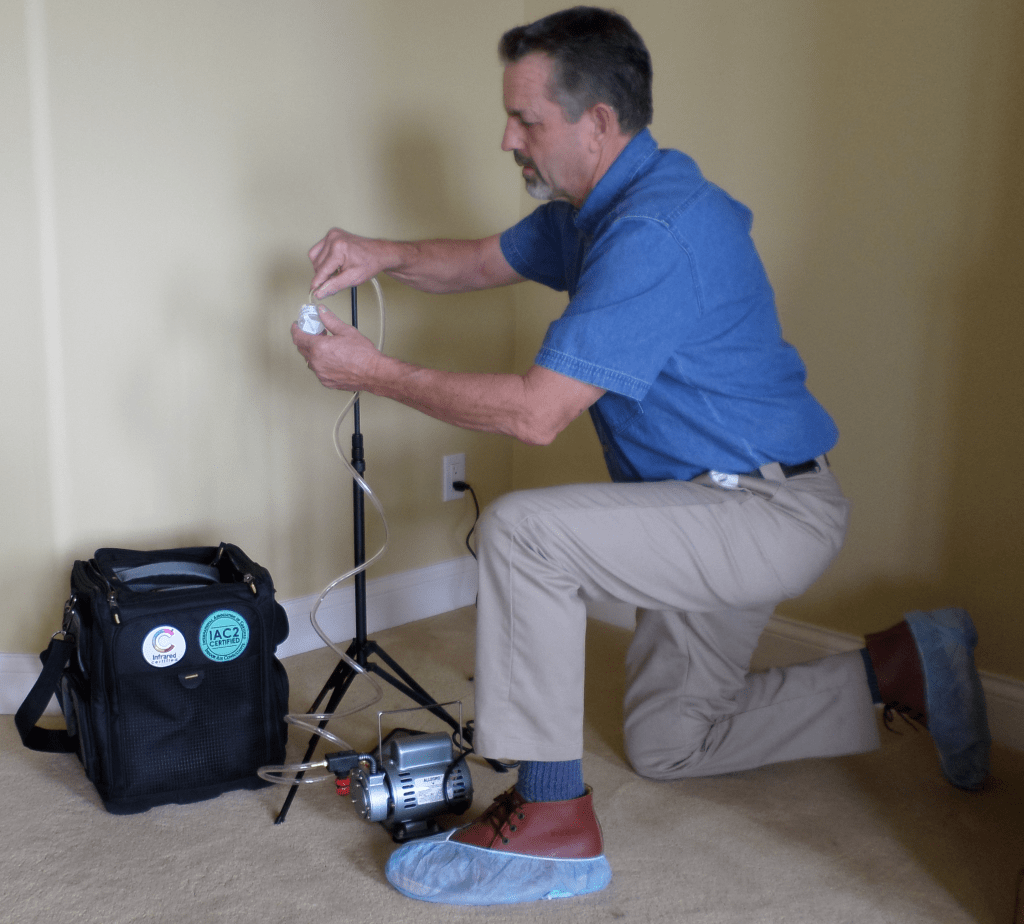
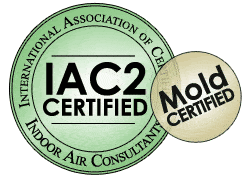
What if Mold Levels Are High in My Home?
There is good news – many mold problems can be fixed! If your Maryland area home has high mold levels, there are ways to fix it. During your mold inspection we will look for and identify possible sources of moisture intrusion into the home which is the key to controlling mold growth and reproduction. Because we open doors and windows in our homes on a regular basis, there is really no such thing as a “mold-free home”. However, homes with high levels of mold spores can be reduced to acceptable and healthier levels. I can help you understand the basics of mold mitigation and explain what you can expect so that you will be informed before seeking the services of a professional mold mitigation contractor. The contractor will survey the home to determine the scope of the mold problem and the proper and necessary steps they will need to take in order to eradicate the mold issues in your home.
If you need to have mold mitigation performed, schedule an independent Mold Test with us afterwards to ensure that the remediation work did in fact reduce the levels of mold spores in your home. And don’t forget to have us re-test your home periodically to ensure your family’s safety!
Conclusion
As a professional home inspector serving Maryland and Pennsylvania, I encounter potential hazards in homes each and every day. Although some hazards might be obvious and visible such as electrical or safety issues, our homes also have potentially dangerous hazards that we may not necessarily see, smell, or even know exist in our homes! This article exposed some of these less-obvious yet potentially critically dangerous hazards that may be present in your home such as Radon gas, Carbon Monoxide gas, Lead, and Mold. In general, these hazards might exist in your home and may require special equipment and/or testing in order for you to know whether or not your home has a problem with any of them. We have also explained that you can have each of these harmful substances mitigated and/or reduced to safe levels for you and your family.
If you would like to know if your home has these potential hazards, please call Absolute Assurance at 443-939-HOME (4663) for all of your Home Inspection needs including mold inspection and testing, radon testing, and water testing! We can provide these services as well as full and partial home inspections for buyers/sellers/investors, rental inspections, annual home inspections, and more!
Portions of this article are not the author’s original work and were sourced under copyright permission courtesy of Emily Huddleston at REDFIN.
